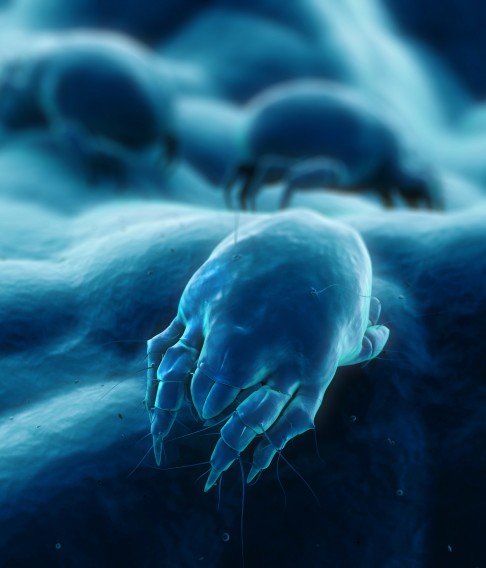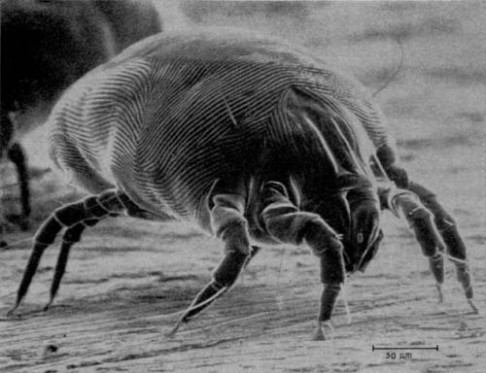Scientists raise alarm over dust mites infesting Hong Kong homes
Allergy to dust mites causes sneezing, runny nose and asthma. Study of 35 homes finds average mite antigen levels more than twice that which causes body to react. Hazardous levels of mould also found

Hong Kong homes harbour alarmingly high levels of dust mites and mould known to be a major cause of respiratory problems, a study of indoor pollution by Baptist University scientists has found.
The small-scale study of household dust samples, by the university’s Croucher Institute for Environmental Sciences, found average mite antigen levels of 5.37 micrograms per gram, above the 2mcg/g threshold commonly associated with an increased risk of developing allergy to dust mites. Dust samples from all but one of the homes tested had allergen levels higher than the threshold.
Hypersensitivity to the house dust mite antigen is the main cause of indoor respiratory allergies in Hong Kong, specialists say. Symptoms include sneezing, a runny nose, and in serious cases asthma attacks. The study showed antigen levels in some Hong Kong homes far exceeded 10mcg/g, which, according to the World Health Organisation, can increase the chance of an asthma attack. The highest antigen level discovered was 34.13 mcg/g.
Dust mites feed off dead skin flakes and it is their faeces, rather than the creatures themselves, that cause health problems in humans.
The dust samples were taken from floors, mattresses and surfaces such as shelves, wardrobes, TVs and skirting boards, the report says. An average of 6.3 mites per gram were detected in dust from mattresses, with the most extreme sample containing 46 mites per gram.

